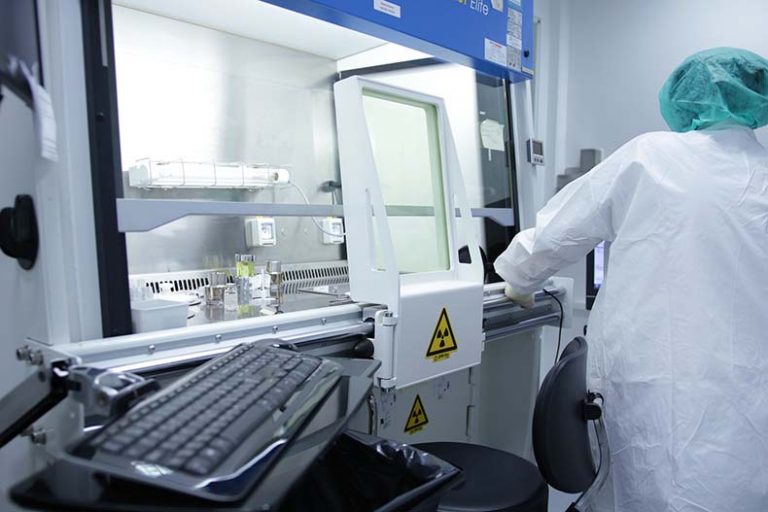What Is DevOps and How Does It Work?
DevOps (Development and Operations) is a set of strategies and technologies designed to help a company produce apps and services more efficiently than typical software development techniques. Organizations can effectively service their clients and maintain a competitive advantage because of this speed.
In its most generic definition, DevOps is about bridging the gap between previously separated teams, production, and operations. Development and operations teams collaborate under a DevOps model across the software application life cycle, from testing and development to implementation and operations.
In this article, we will tackle the definition, function, and responsibilities of DevOps in companies. We will also talk about how DevOps consulting services can help you achieve your organizational objectives.
In most DevOps contexts, common approaches generally apply. The following are some of them:
- Real-time Monitoring
- Task automation
- Continuous Integration
- Continuous Delivery or Continuous Deployment (CI/CD) Tools
- Incident Management
- Systems and Tools that support DevOps adoption
- Collaboration Platforms
- Cloud Computing
- Configuration Management
- Microservices
Take note, DevOps is not a technology.
DevOps is one of several approaches used by IT personnel to complete IT operations that match business requirements. IT service management frameworks such as ITIL, agile software development, project management guidelines such as Lean and Six Sigma, and other methodologies may coexist with DevOps.
Some IT experts argue that just combining Dev and Ops is insufficient and that the word DevOps must incorporate security (DevSecOps), business (BizDevOps), and other subject areas expressly.
Also Read: What is Application Support? – A Brief Guide
DevSecOps
DevOps security, also known as DevSecOps, is the study and application of protecting the whole DevOps platform using strategies, rules, processes, and technologies. According to the DevSecOps philosophy, security must be embedded into every phase of the life cycle, covering design, inception, development, support, test, maintenance, release, and beyond.
Typical protection assumes that after a system has been developed, security flaws can be identified and corrected before it is released. Traditional security methods are too late in the development process and too slow for the planning and construction of iterative software with the shift to a DevOps model. As a result, they might represent a significant impediment to the fast delivery of applications and services.
With DevSecOps, everyone in a DevOps team focuses on security. The purpose of DevSecOps is to execute security choices quickly and at scale without compromising safety. Release engineers and security staff collaborate on an endless variety of grounds in DevSecOps. The ideals of “quick delivery” and “secure code production” are combined into a single streamlined approach. Without delaying down delivery cycles, security testing is done in cycles.
How Does DevOps Work?
DevOps is an approach for improving software development work across the lifecycle. You can interpret the DevOps process as an endless loop, with the following steps:
- Planning
- Build and Delivery
- Testing
- Software Monitoring
- Software Logging
In its ideal form, DevOps implies that an IT team develops software that installs quickly, completely satisfies user needs, and performs ideally on the first attempt. Organizations achieve this purpose by combining technology and society. Developers and stakeholders interact about the initiative, and programmers work on minor upgrades that go live separately to match software to standards.
Planning
DevOps require schedule planning and task tracking tools to ensure that the DevOps team knows the work at hand, what is presently being performed, and any dangers of falling behind schedule.
Build and Delivery
Developers require speedy delivery of development and testing settings, and they cannot afford to wait for lengthy periods for fixes when anything goes wrong. Docker containerization delivers consistent development and operational environments across numerous development and releases phases. Kubernetes and Chefs are among the more prominent technologies for this stage.
Testing
This stage reduces the amount of time and effort spent on testing without sacrificing the quality of the code or user experience.
Software Monitoring & Logging
Once the software is deployed, it must be closely monitored to guarantee consistent performance and greater customer satisfaction. Performance analysis and logging, generating smart notifications on different concerns, getting client feedback, and so on are all part of this step.
It’s simple to build software quickly. But, writing software that really works is a different matter. DevOps supporters employ containers or other approaches to ensure software act the same way throughout the production. They make changes one at a time so that you can track problems. For reliable deployment and hosting settings, people depend on configuration management. They use a blameless post-mortem investigation and constant feedback channels to solve problems in live operations, leading to code modifications.
DevOps: Overall Thoughts
The transition to DevOps and DevSecOps is a journey, not an endpoint. It’s going to be a long journey. DevOps is revolutionizing how development and operations are carried out nowadays. Based on the DevOps principle, you may leverage DevOps methods, processes, tools, and workflow to embed security into your software development life cycle at scale and speed while mitigating risk, assuring compliance, and lowering friction and costs. Development, operations, and security personnel may use DevOps and DevSecOps to manage quality and reliability with timely delivery and integrate security across the SDLC.







